Chromite sand belongs to the category of special sand in modeling materials. Its main mineral composition is FeO.Cr2O3, density is 4.0~4.8g/cm3, Mohs hardness is 5.5~6, refractoriness is greater than 1900℃, chromite Sand has good resistance to alkaline slag and does not react chemically with iron oxide. Since the thermal conductivity of chromite sand is several times greater than that of silica sand, and solid-phase sintering occurs during molten metal pouring, it is beneficial to prevent the penetration of molten metal. According to these advantages of chromite sand, applying it to the production of various castings can solve the casting quality problems of many products. Our company has achieved many successful applications in many products such as railway vehicle bolsters and side frames, sintering machine fixed screen grate, ball mill liner, electric shovel pushing gear and many other products.

Railway vehicle bolsters and side frames are the main components of the running part of railway vehicles, as well as important stress-bearing parts during the running of the vehicle. The outline size is large, the structure is complex, and the process technology requirements are strict. At some corners), magnetic particle inspection found that there were micro-cracks defects, and anatomical inspection found that there were shrinkage defects at the intersection of the wall and the wall in some parts. According to analysis, compared with other parts, these parts are the “hot spots” formed by the heat of molten steel, and the cooling rate of adjacent parts is different, and the solidification is late, when the cooling and solidification shrinkage is hindered.
When the internal stress is greater than the strength limit of the metal material, the casting will produce micro-crack defects. When these parts cannot be supplemented by molten steel before solidification, shrinkage defects are easily generated. In order to eliminate these defects, the casting technicians of our company stipulate that some sodium silicate chromite sand should be placed in these parts during the process design. Because the thermal conductivity of chromite sand is several times larger than that of silica sand, it can make The solidification speed of this part is balanced with the solidification speed of the adjacent parts, and the microcracks and shrinkage defects generated in these parts are eliminated.
The fixed screen grate is a vulnerable spare part on the sintering machine, and the working condition is to withstand the impact and wear of the sinter at high temperature. The fixed screen grate bar belongs to the plate structure casting. The long, deep and narrow through strip holes are evenly distributed on the casting. When the fixed screen grate bar is produced by the traditional sand casting method, the penetrating strip holes can be formed by the sand core. However, the operation process of this technological scheme is too complicated, and the strip holes on the castings are easily blocked by sticky sand, which is extremely difficult to clean up, resulting in a high rejection rate of the castings. The casting technicians of our company decided to adopt the lost foam casting technology for production. During the process design, it was stipulated that the strip holes on the foam mold of the fixed screen grate should be filled with raw chromite sand during the vibration of the box. Since the chromite sand itself undergoes solid phase sintering during the molten metal pouring process, it is beneficial to prevent the penetration of the molten metal, thereby preventing the strip holes from being blocked by the sticky sand. Using lost foam casting and using the advantages of chromite ore, our company has successfully produced fixed screen grate products. The strip hole wall is smooth and flat, and the size is accurate. After installation and use on the sintering machine, the effect is good, which can meet the needs of sintering production. .
The ball mill liner is the main part of the ball mill used in the beneficiation production of metallurgical mines. It is made of low-alloy steel. The structure is a plate casting with raised wave crests. Two mounting bolt holes are evenly distributed on the liner. The bolt holes have large holes. , The aperture below is small. Because the casting wall around the bolt hole is very thick, the molten steel solidifies slowly after pouring, so that the area around the bolt hole is in a high temperature state for a long time. Sodium silicate sand is used to make the bolt hole sand core. After pouring, the hole is often blocked by sticky sand, which is very clean. It is difficult, and after using the water glass chromite sand core, it takes advantage of its solid-phase sintering during the high-temperature molten metal pouring process and can prevent the penetration of molten metal. The surface roughness and size of the bolt hole of the cast lining board The accuracy meets the specified technical requirements, and the installation effect on the ball mill is good, successfully solving the problem of difficult bolt hole cleaning.
The electric shovel push gear requires that the blank teeth be directly cast. The surrounding area between the teeth and the teeth has a thicker casting wall. After pouring, it is surrounded by high-temperature molten metal. In addition to the heat effect of the upper riser, water glass silica sand is used. During casting, sand sticking at the root of the cast tooth is serious, and the shape and size of the cast tooth cannot be guaranteed after the arc gouging is used. In this regard, the casting technicians of our company decided to use the lost foam casting technology for production. After the white mold of the pushing gear is painted and dried, the chromite sand is pounded with water glass between the casting teeth, and then blow The CO2 is hardened, and then the white mold with sodium silicate chromite sand is packed into the box. After pouring, the chromite sand falls off cleanly, the surface of the cast tooth is smooth and clean, and the shape and dimensional accuracy meet the specified requirements.
Although chromite sand has obvious effects in eliminating micro-cracks, sand sticking and shrinkage defects in castings, improper use can also cause problems. The harmful impurity in chromite sand is carbonate, which decomposes CO2 when it comes into contact with high-temperature molten metal, causing pores on the surface of the casting. Therefore, the chromite ore should be roasted at a high temperature of 900-950°C before preparation and use to decompose the carbonate in it, and then be processed and broken into a certain particle size. The chromite sand that has been stored for a long time and whose ignition loss exceeds the standard should be calcined at a high temperature before use.
In order to ensure the quality requirements of raw chromite ore sand, strict inspection of the chromite ore sand entering the plant is required in accordance with regulations. Firstly, when the chromite ore enters the factory, it is necessary to check its qualified technical documents. If it is unqualified or without technical documents, it is prohibited to enter the factory; the appearance of the chromite ore into the factory should be kept pure and not mixed with any impurities; finally, a sampling inspection of physical and chemical indicators is carried out , The technical conditions that the inspection results should meet are: raw sand particle size 30/50 mesh, Cr2O3≥45%, SiO2≤5%, CaO≤1%, ignition loss ≤1%, refractoriness 1600~1800℃.
In order to ensure the use effect of sodium silicate chromite sand, in addition to the chromite raw sand that meets the specified technical conditions, the technical requirements that the used sodium silicate must meet are: modulus 2.20~2.40, Baume degree 48~52°Be, Water insoluble matter <0.8%. The performance requirements of mixed finishing sand: air permeability ≥250; wet strength 0.05~0.09MPa; moisture ≤5%; dry tensile strength 1.2~3.5MPa.
To achieve the prescribed performance indicators of sodium silicate chromite sand, the following chromite sand preparation process regulations must be strictly implemented.
Before grinding, check whether the operation mechanism of the sand mill is normal. The gap between the grinding wheel and the chassis should be 10-15 mm. Pay attention to frequent observation and adjustment; the water glass chromite mixed in the first mill after the sand mill is washed Special attention should be paid to the control of moisture in the sand. The moisture content of the mill must not exceed the specified 0.5%; the water glass chromite sand preparation operator must often clean the sticky sand on the mill wheel and keep the sand mixer clean to ensure the water glass The chromite sand is evenly mixed and milled; the mixing ratio requirements are: 100% raw sand, 2.5% to 3.5% water glass; mixing time: raw sand + water glass mixing 2 to 3.5 minutes to produce sand; for each preparation All the sodium silicate chromite sands need to be tested for physical properties, and the casting technicians should grasp the test results in order to find problems and deal with them in time.
The Detail Of BE-CU Die Casting Company

If you are looking for dependable volume manufacturing metal parts supplier with High pressure die casting service who offers you competitive price, good service and quality for aluminium die casting, zinc, or magnesium die casting, then BE-CU Prototype are surely a partner you are looking for to fulfill all your die casting needs. With quality service and state of art technology, BE-CU indeed claim in providing quality pressure die casting including aluminum/zamak/magnesium alloy castings to our customers all over the world.
To work with us,be-cu don’t just stop at taking your order and delivering your die casting products. be-cu are there for you at every step right from your preferred selection of aluminum die casting, Zamak die casting (Zamak 2, Zamak 3, Zamak 5, Zamak 8) or magnesium die casting products and services to post-order phase. In brief, once you become our customer, be-cu are with you every step on the way.
-
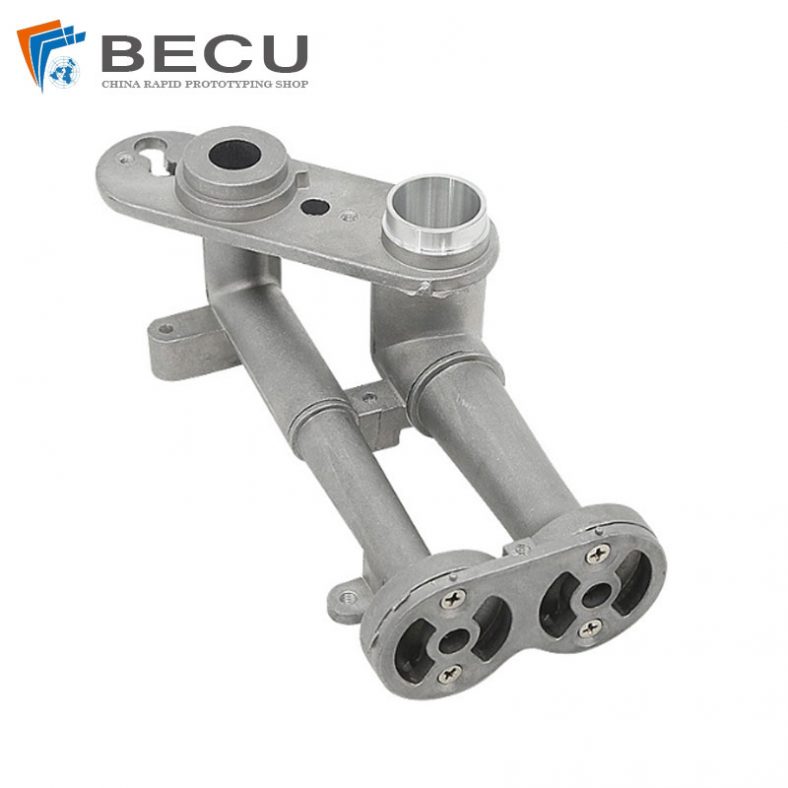
CNC Machining Gas Stove Bottom Joint
-

Gravity Die Casting Custom Street Light Heat Sink
-
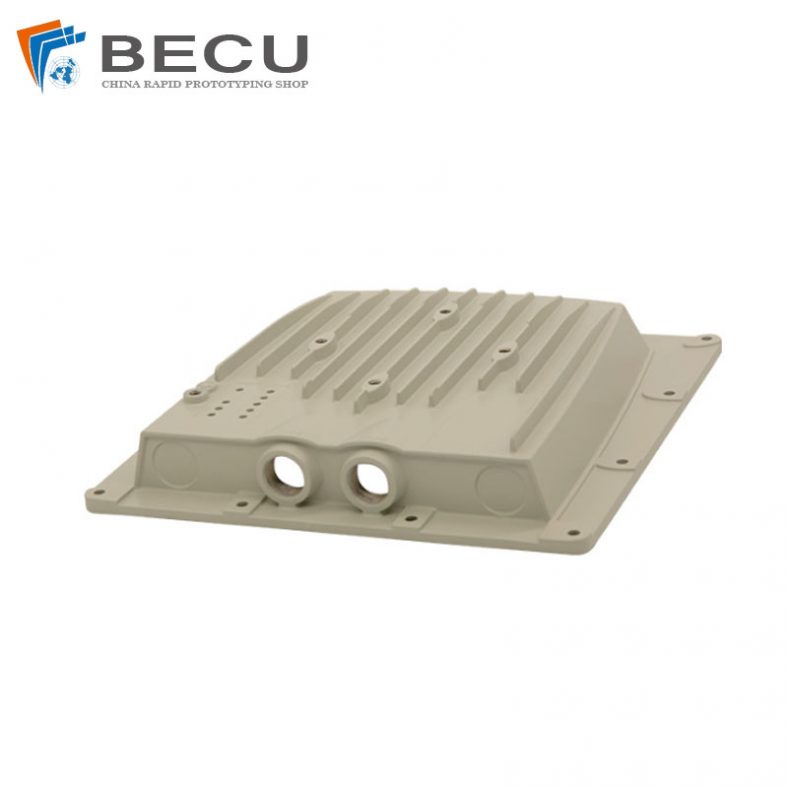
Die Casting LED Canopy Lights Heatsink For Gas Station
-
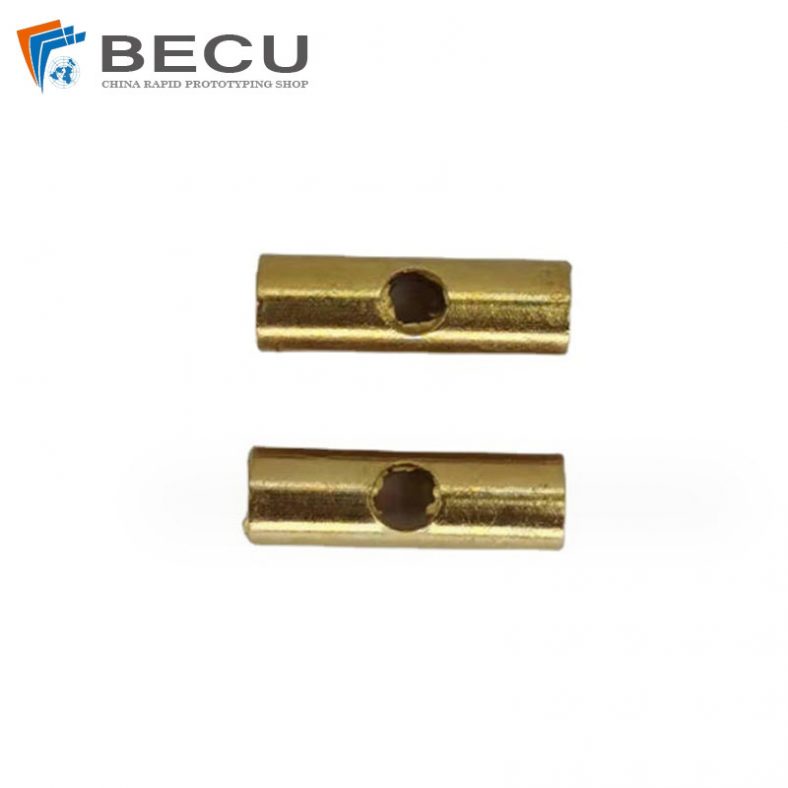
Zinc Die Casting PA10 Transformer Connector Terminal
-
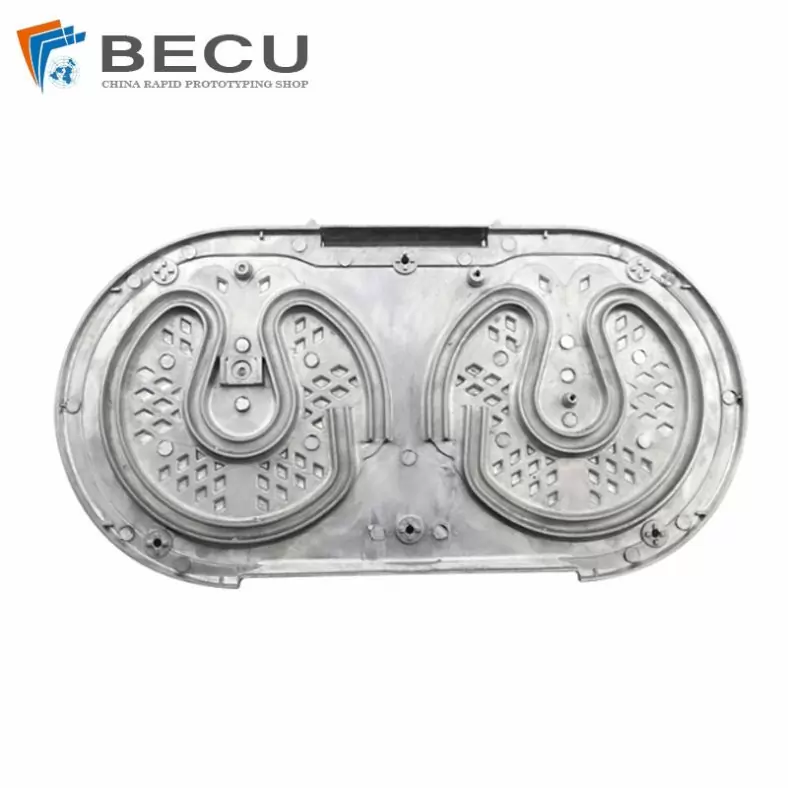
Die Casting Aluminium Cookware Chassis
-

Die Casting Wheels With Aluminum Alloy 5 Axis CNC Machining
-
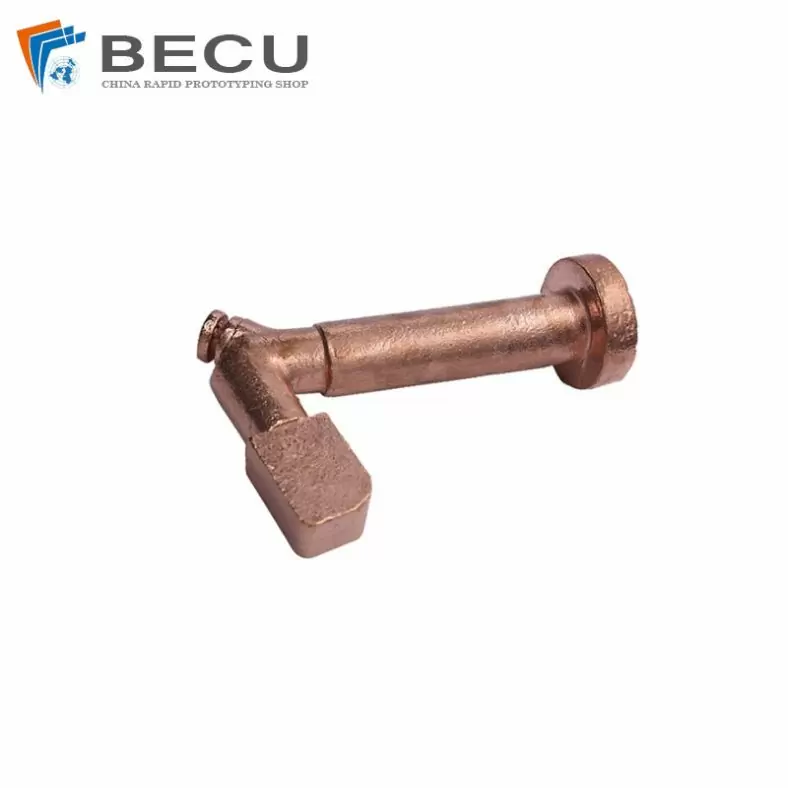
Precision Machined Copper Die Casting Parts
-
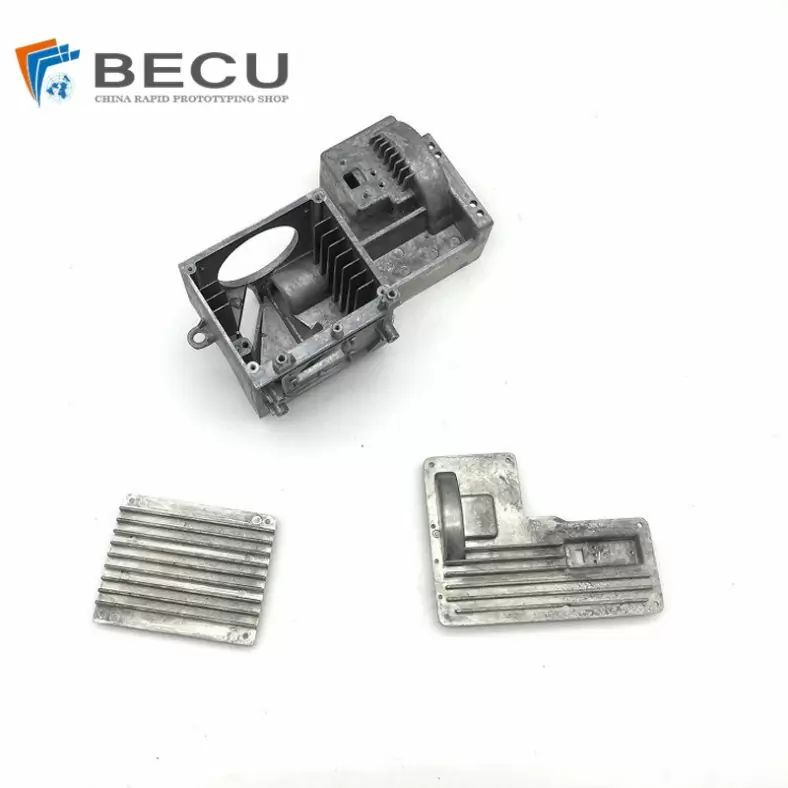
Professional Small Baler Aluminum Alloy Die-casting Mold Production
-
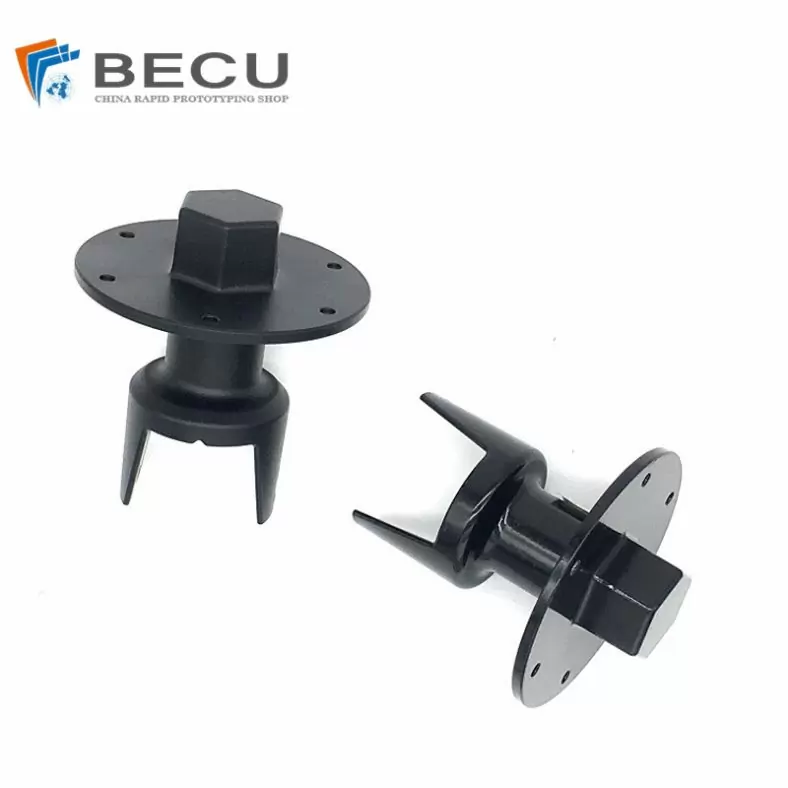
China Die Casting Factory Manufactures Surface Sprayed Aluminum Valve Body
-
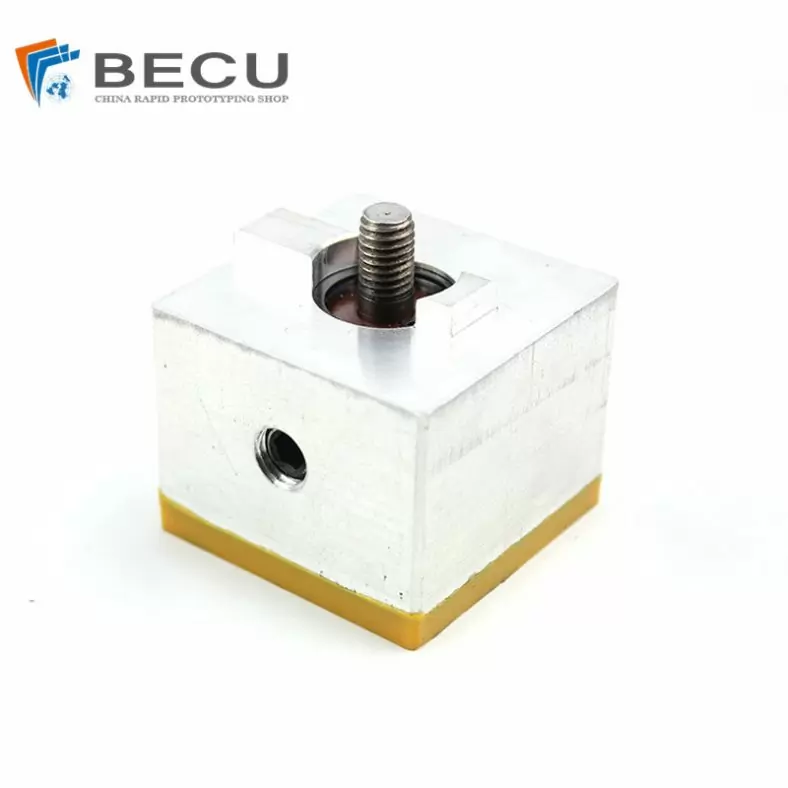
Extrusion Die-casting Polyurethane-Coated Aluminum Alloy Profiles
-

Custom Precision Aluminum Die Cast Brackets and Finishes
-
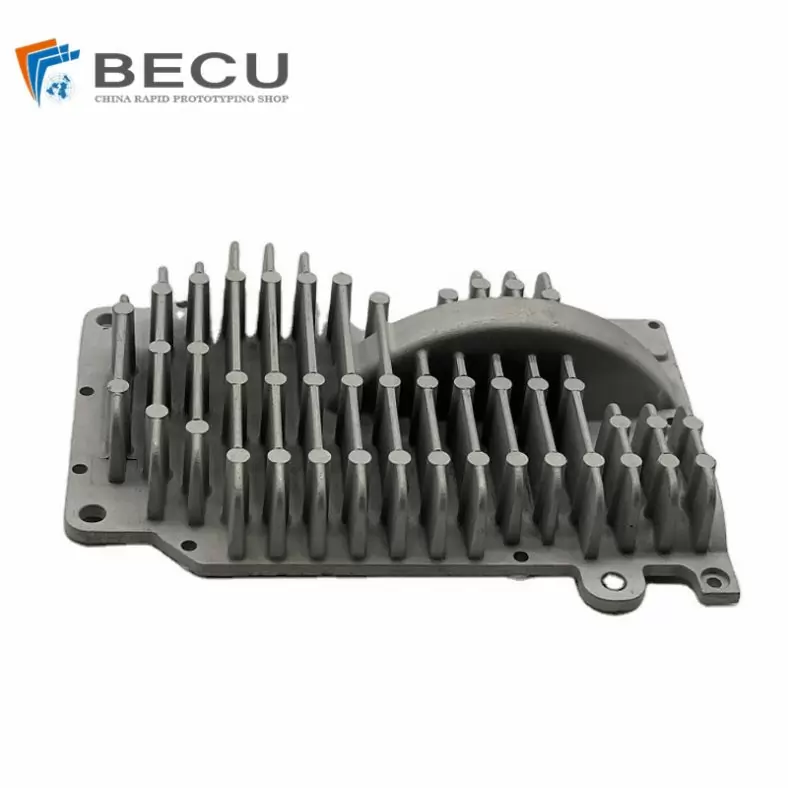
Extrusion Die-casting Magnesium Alloy Heat Sink Shell
